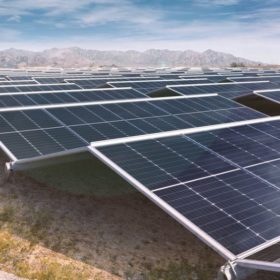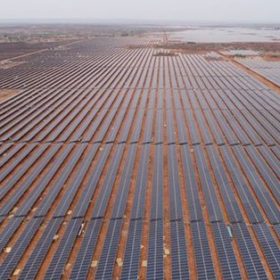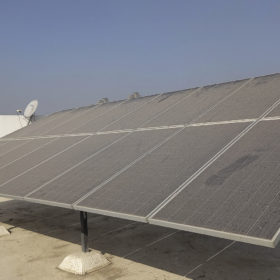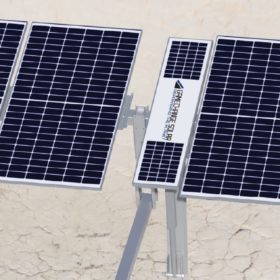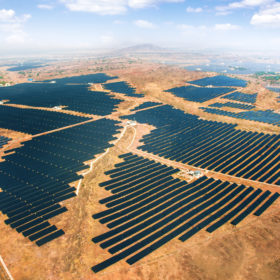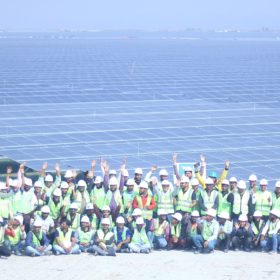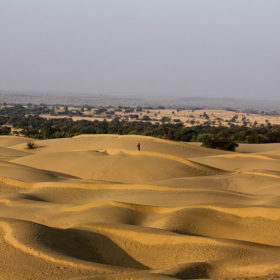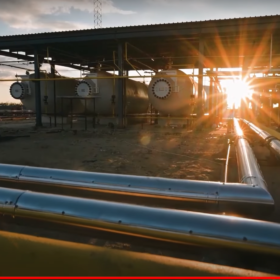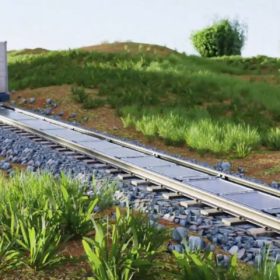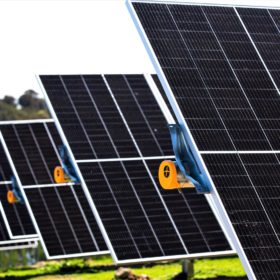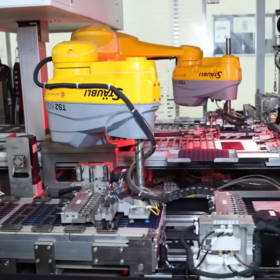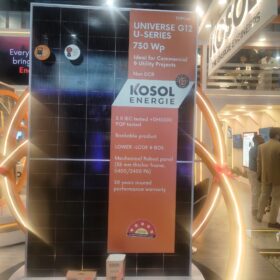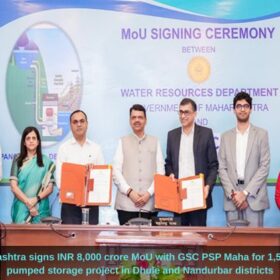New modular solar solution features cost-cutting ‘slide-together’ system
Green Energy Systems has unveiled a new Australia-made prefabricated modular PV solution for large-scale applications that purportedly offers significant cost reductions by eliminating all stainless-steel nuts, bolts and other traditional fitments in favor of a “slide-together” aluminum junction system.
REC commits INR 45,350 crore to 10 GW of renewables in Uttar Pradesh
The non-banking finance company, under the power ministry, has signed agreements to provide financial assistance of over INR 1 lakh crore ($12.3 billion) for various power and infrastructure projects in Uttar Pradesh. This includes INR 45,350 crore for 10 GW of renewable energy capacity addition.
Soiling – a multibillion-dollar issue
A new report by the International Energy Agency’s Photovoltaic Power Systems Programme (IEA-PVPS) estimates that lost revenue from PV module soiling amounts to more than €3 billion ($3.2 billion) per year – an amount that is only set to increase as PV systems grow larger and more efficient.
GameChange releases new solar tracker
US tracker manufacturer GameChange Solar’s latest product launch follows its recently announced decision to increase its annual domestic manufacturing capacity to 24 GW.
Rajasthan tenders 1 GW of solar projects
Rajasthan Urja Vikas Nigam Ltd is accepting bids to develop 1 GW of solar PV projects in Rajasthan, connected to the state transmission utility grid. Minimum bid capacity is 50 MW.
Rays Power Infra switches on 275 MW DC solar plant in Bangladesh
Rajasthan-based Rays Power Infra has switched on Bangladesh’s largest solar power plant of 275 MW DC. It completed the project within the scheduled timeline of 14 months.
Adani Green Energy buys 50% stake in Rajasthan-based solar park developer
The developer’s arm Adani Renewable Energy Holding Two has signed a deal to acquire a 50% stake in Essel Saurya Urja Co. of Rajasthan Ltd (ESUCRL) from Essel Infraprojects Ltd, for INR 15 crore. The remaining 50% equity of ESUCRL will continue to be held by the Government of Rajasthan.
Emerging investment opportunities in India’s renewable energy sector
Corporate decarbonization, value chain integration, wind-solar hybrid projects, battery energy storage, offshore wind, green hydrogen, and value-added offerings such as energy-as-a-service are key trends and technologies shaping up India’s renewable energy sector and offering ample scope for investments.
Swiss startup makes first attempt to deploy solar on railways
Swiss startup Sun-Ways has developed a patented solution under which it directly rolls out solar modules between railway tracks like a carpet. The panels can be removed at any time for maintenance work.
Amara Raja selects Nextracker for NTPC’s 306 MWp Nokh solar power plant
Nextracker will supply its optimized bifacial tracker solution for NTPC’s 306 MWp solar plant in Rajasthan. Amara Raja is executing the plant on a turnkey basis.
